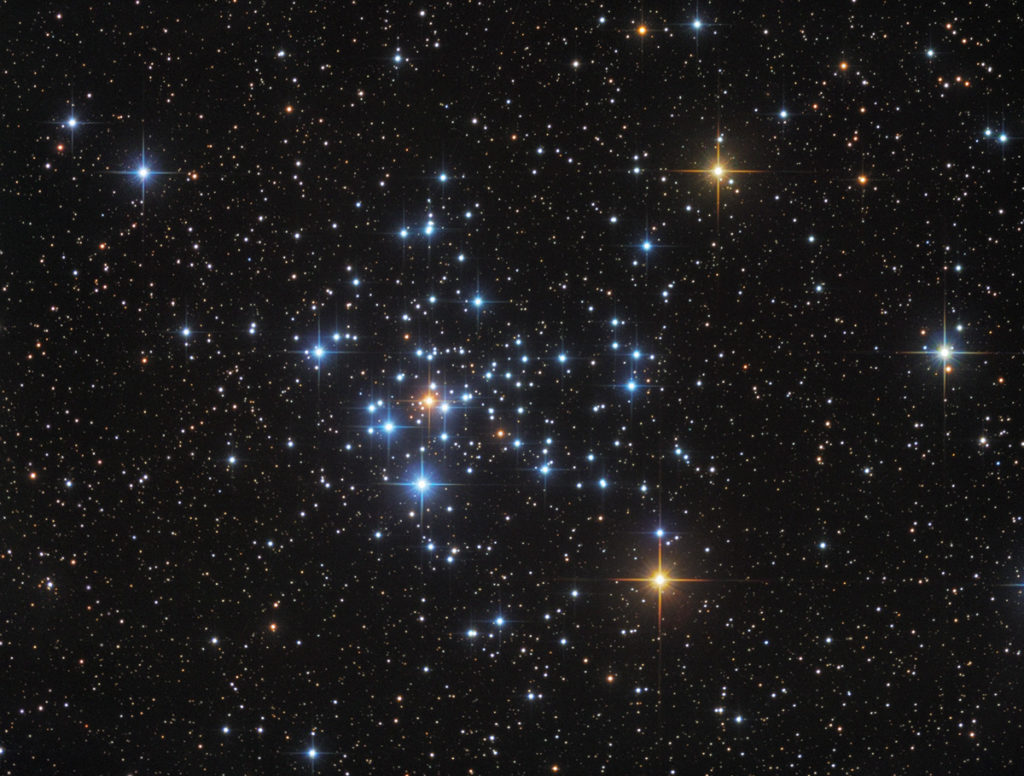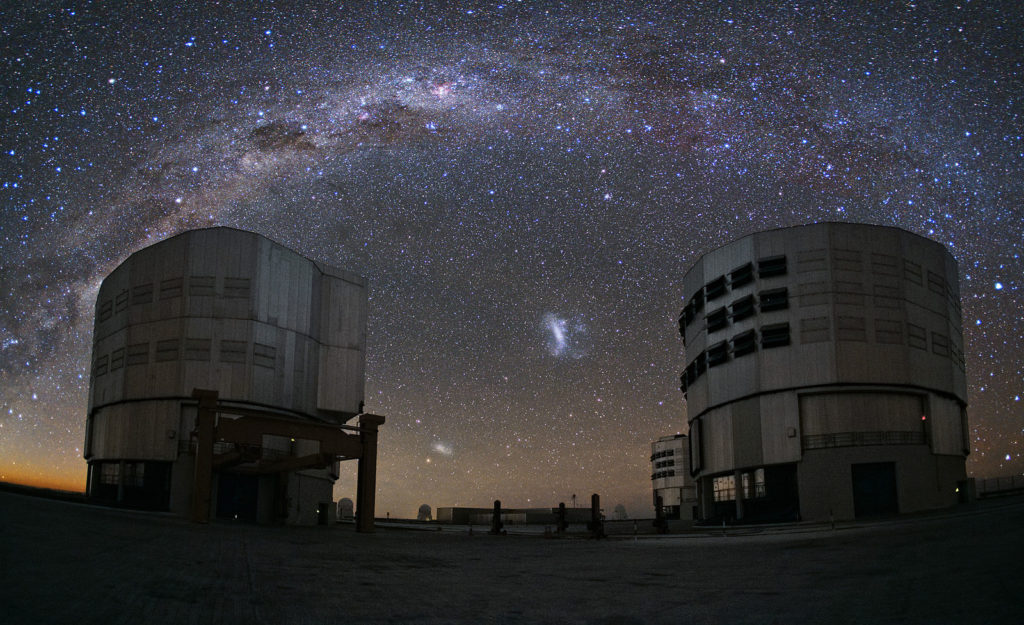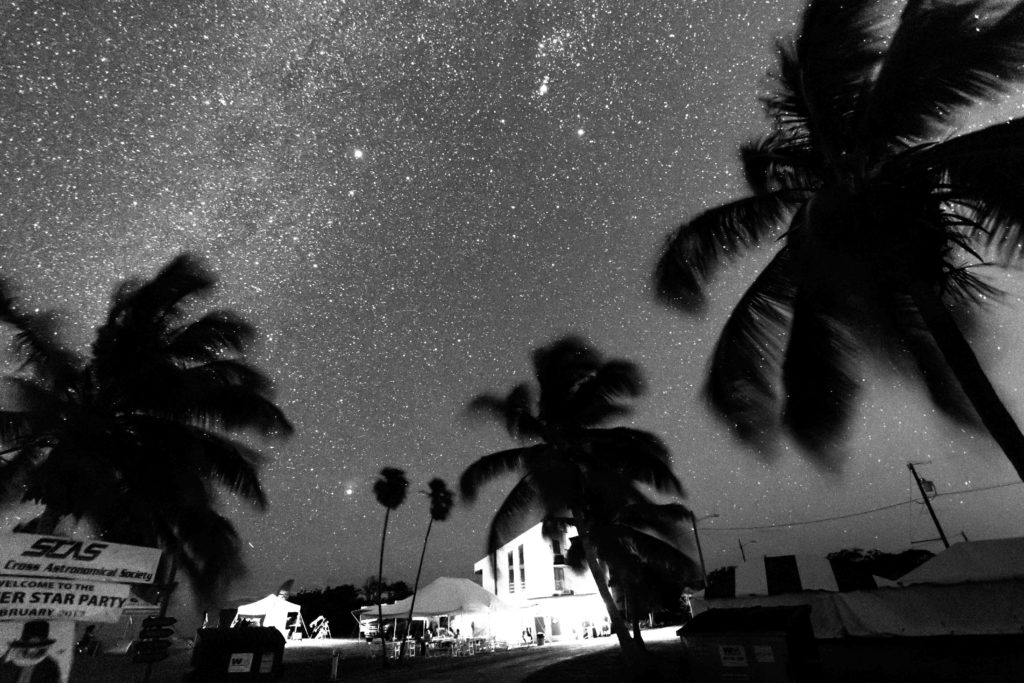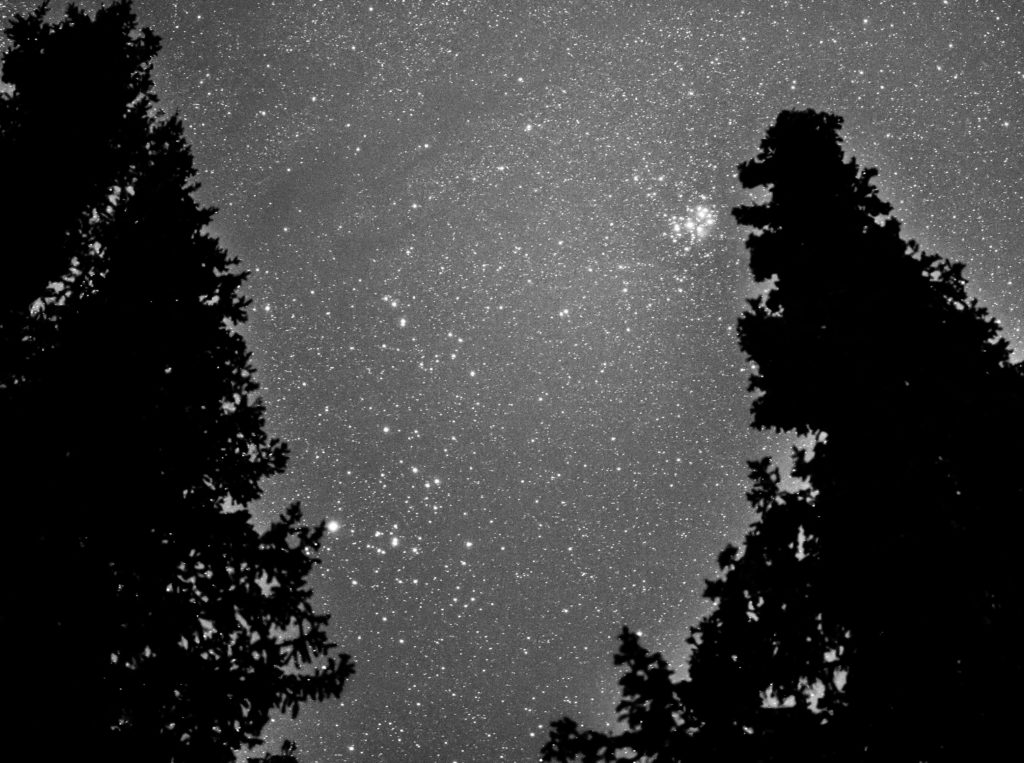
In dark sky, northern-hemisphere observers can see the winter Milky Way as a featureless, inconspicuous band of haze running east of Orion and disappearing below the horizon south of the constellations Canis Major and Puppis. In light-polluted sky, the winter Milky Way is hard to see at all. But further south, into the far southern constellation Carina, the Milky Way suddenly explodes into one of its brightest, most spectacular, and most detailed sections, running through Crux, Centaurus, and beyond [Read more…] about Careening Through Carina
Share This:


